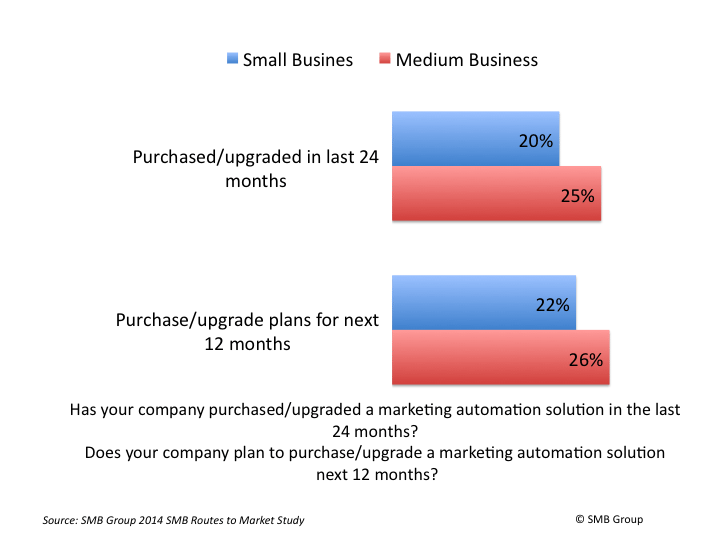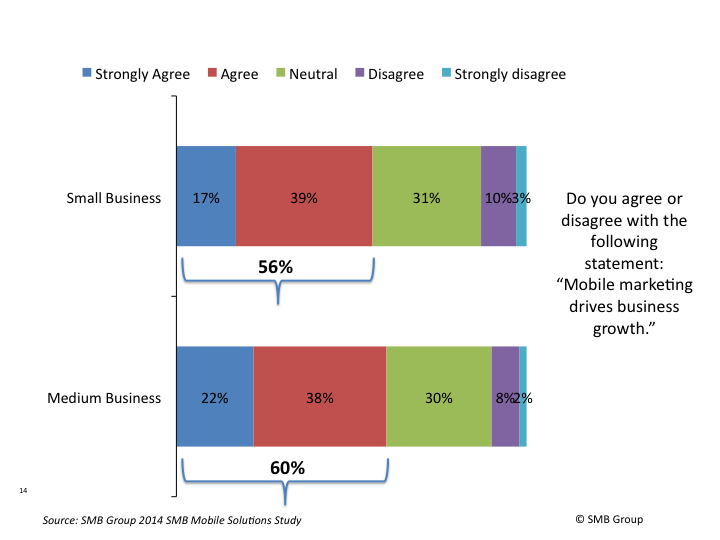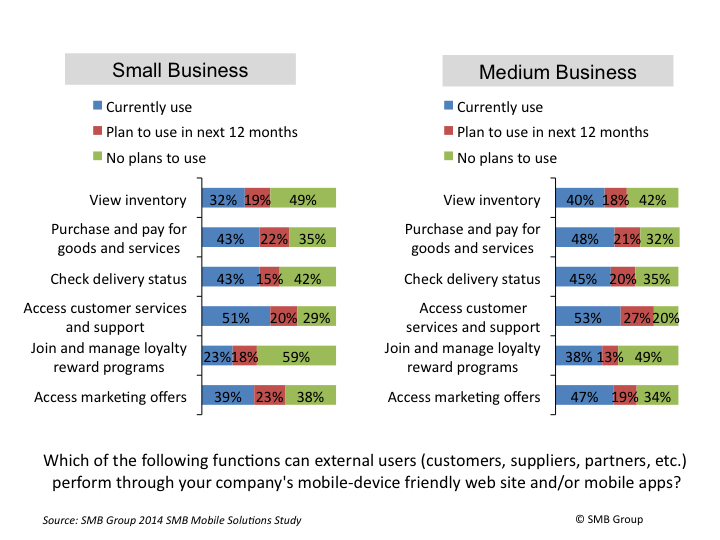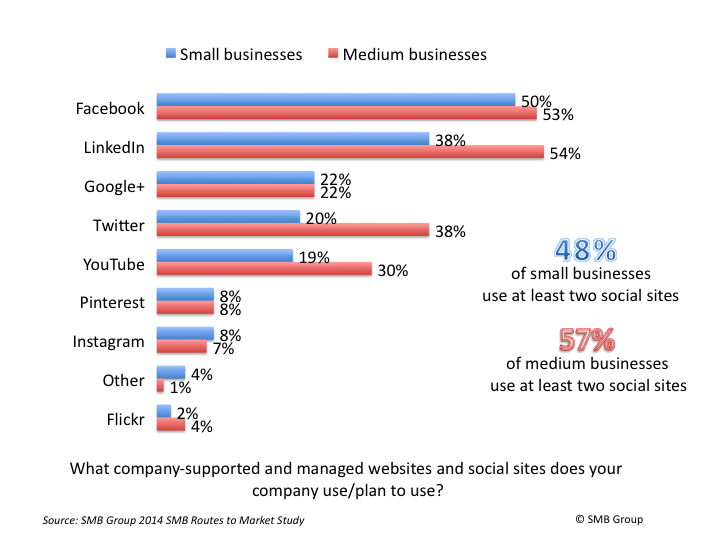This is the second post in a blog series discussing key marketing automation trends for SMBs. This series is excerpted from SMB Group’s December 2014 report, SMB Group Perspectives Report: Top Trends in Marketing Automation and How Vendors Are Helping SMBs to Capitalize on Them, which provides detailed information and insights to help SMBs capitalize on these trends.
SMBs consistently cite factors that impact top and bottom line results as their key business challenges. Attracting new customers, growing revenue, improving cash flow, maintaining profitability and retaining customers are critical, ongoing concerns. So it’s no wonder that they are exploring how marketing automation can help them.
But when it comes to marketing solutions, many small and even medium businesses rely on point solutions such as SEO tools, paid search or pay-per-click (PPC) advertising, email newsletters and social media.
Increasingly, however, SMBs are turning to a more integrated marketing approach. SMB Group’s 2014 SMB Routes to Market Study shows that in 2014, 20% of small and 25% of medium businesses purchased/upgraded a marketing automation solution in the past 24 months. Meanwhile, 22% of small and 26% of medium businesses plan to purchase/upgrade a marketing automation solution in the next 12 months (Figure 1). Although some of these plans aren’t likely to result in actual purchases, the use and awareness of marketing automation are clearly growing among SMBs.
Furthermore, cloud already has become SMBs’ preferred deployment option for marketing automation, with the number of planned cloud deployments exceeding that of on-premises deployments.
Figure 1: SMB Marketing Automation Adoption and Plans
Simultaneously (Figure 2) SMBs are also using social sites to better engage with customers and prospects: 48% of small and 57% of medium businesses use at least two social sites.
Figure 2: SMB Use of Company-Managed Websites and Social Sites
Mobile marketing capabilities are also quickly becoming a priority for many SMBs. Mobile marketing is becoming an increasingly important component of SMBs’ overall marketing strategy, with 56% of small and 60% of medium businesses agreeing or strongly agreeing that mobile marketing drives business growth (Figure 3).
Figure 3: Mobile Marketing as a Driver of Business Growth
SMBs are incorporating mobile marketing into their businesses by using a two-pronged approach. First, they are increasingly providing employees with mobile-enabled solutions for CRM, marketing and advertising, and social media. Second, they are extending mobile functionality to their customers, partners and other constituents via mobile apps and mobile-friendly websites. Providing access to customer service, the ability to purchase goods and services, and the ability to check delivery status are leading areas (Figure 4). In addition, a substantial percentage of SMBs currently provide or plan to provide capabilities that enable customers to access marketing offers and to join and manage loyalty rewards programs.
Figure 4: Use of/Plans for Customer (External) Mobile Marketing Solutions
In subsequent posts in this series, we examine how vendors (Act-On, HubSpot, Infusionsoft, IBM Silverpop, NetSuite, ReachLocal, Salesforce.com Pardot, SugarCRM) view the SMB market, and their strategies and plans to help SMBs integrate marketing across different channels and media.
For more information about the full report, SMB Group Perspectives Report: Top Trends in Marketing Automation and How Vendors Are Helping SMBs to Capitalize on Them, please contact Lisa Lincoln, Director, Client Services & Business Development: 508.734.5658 or lisa.lincoln70@smb-gr.com.

